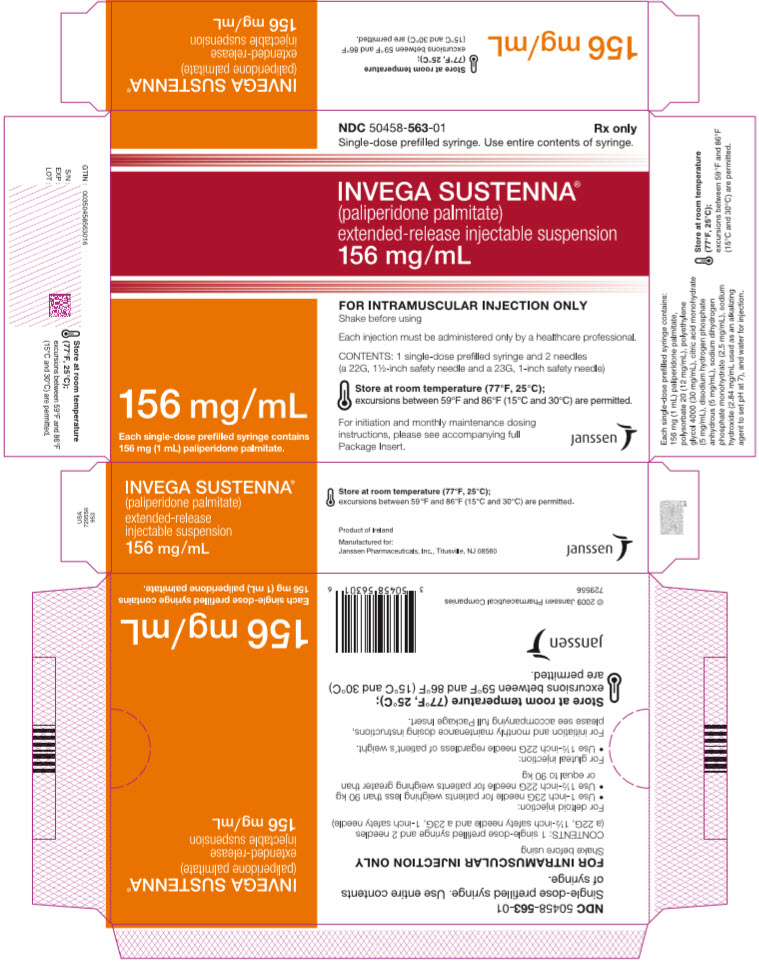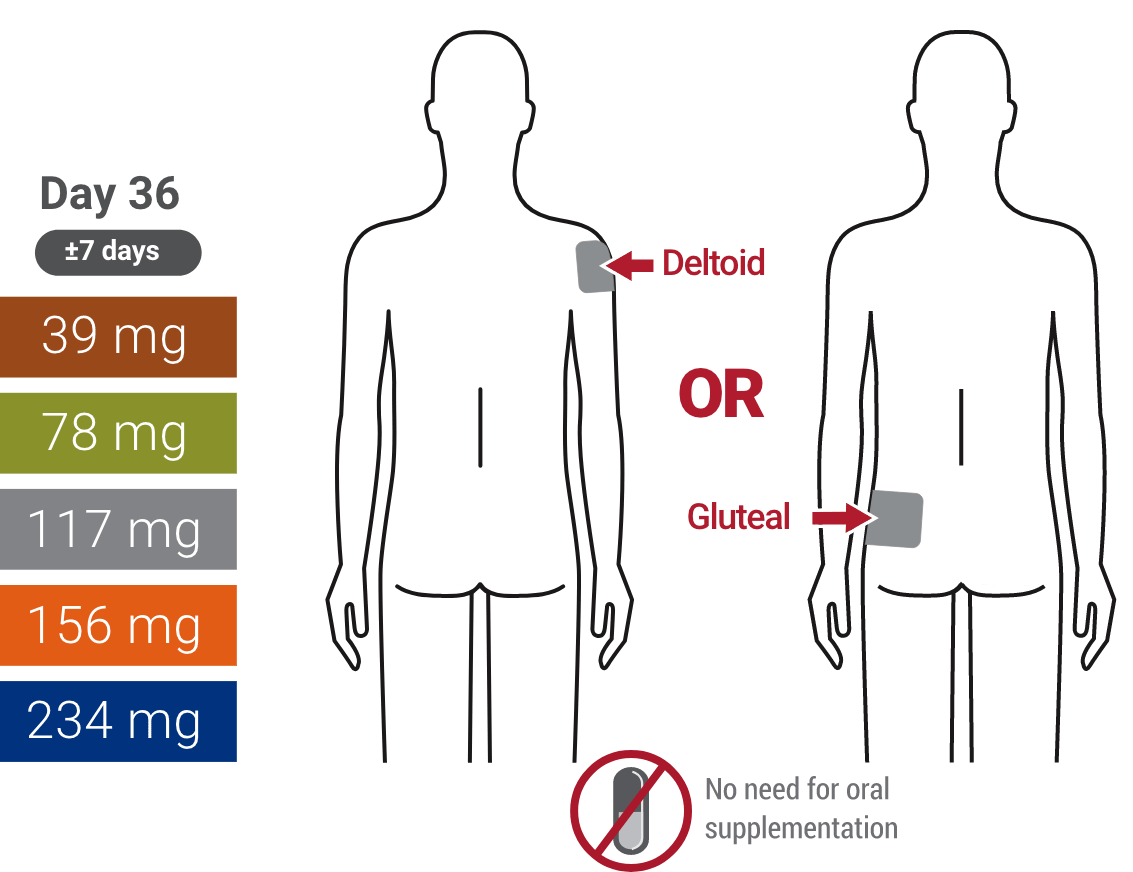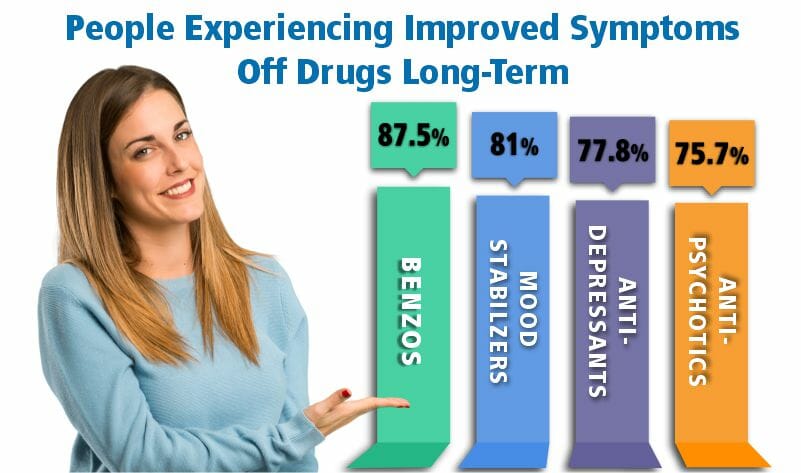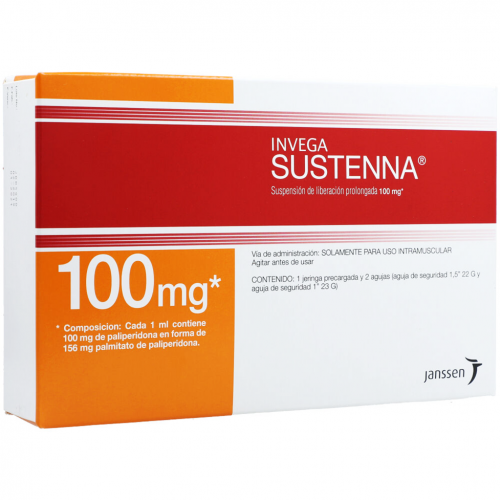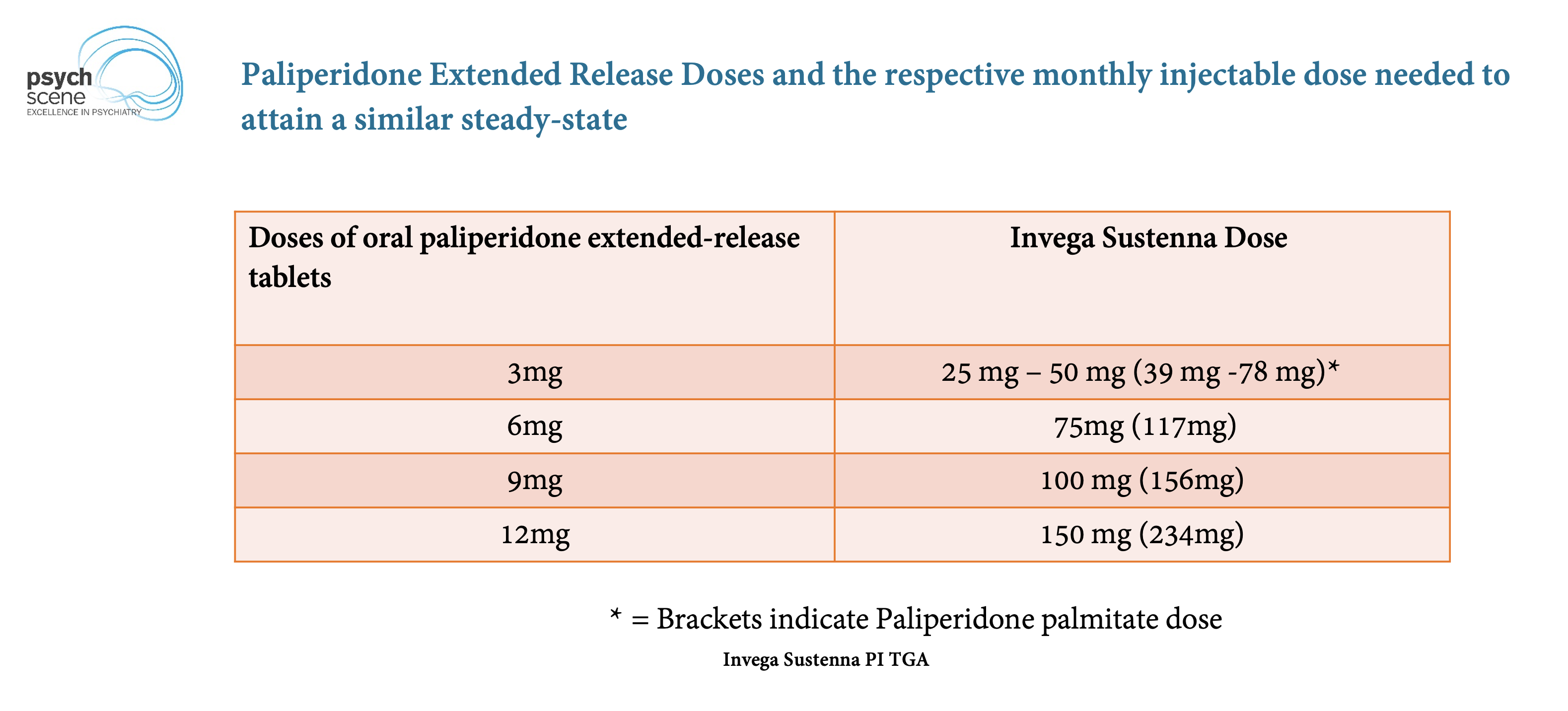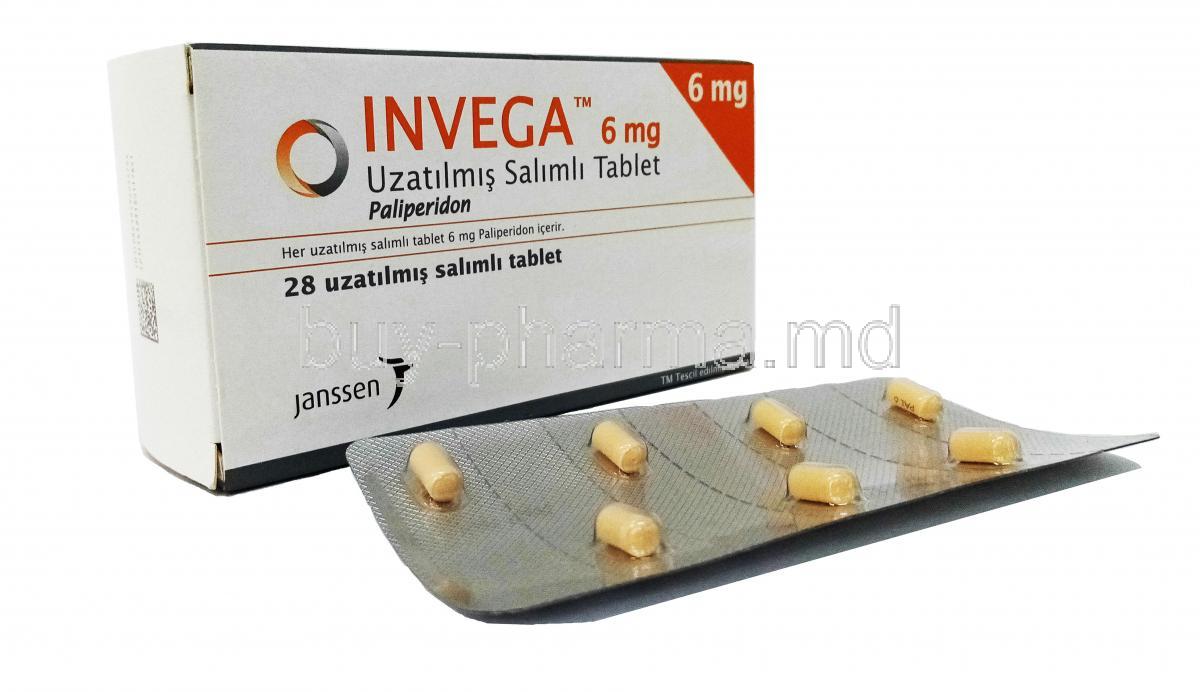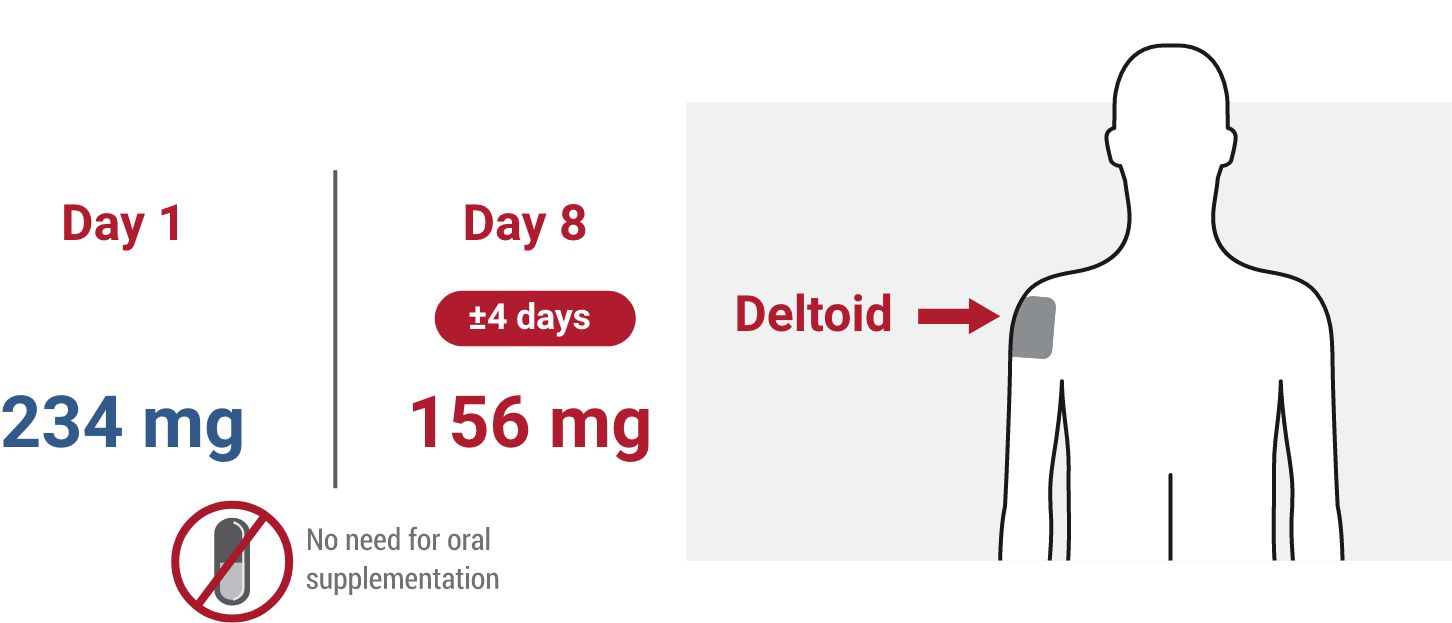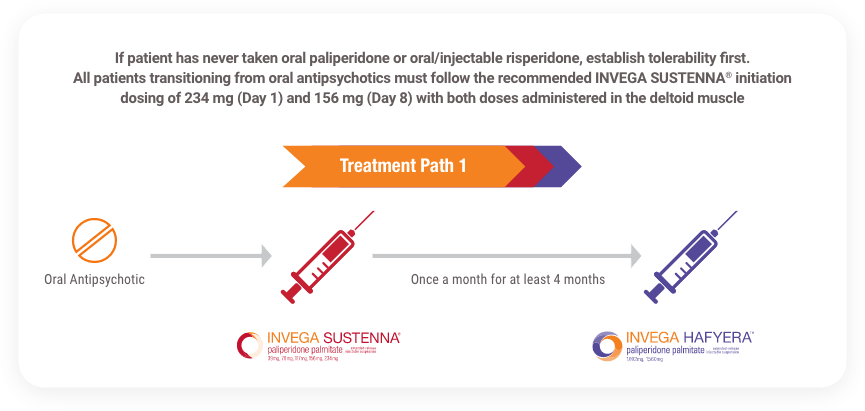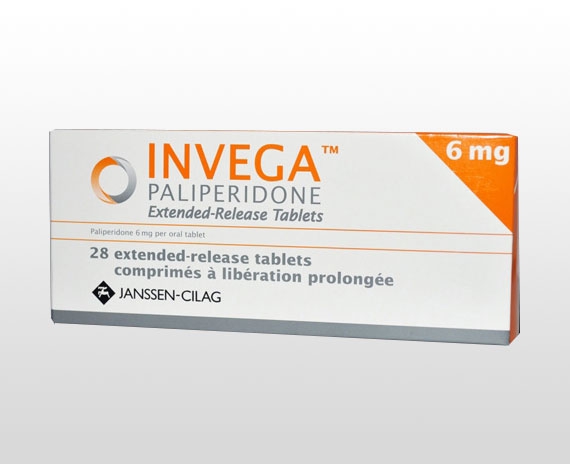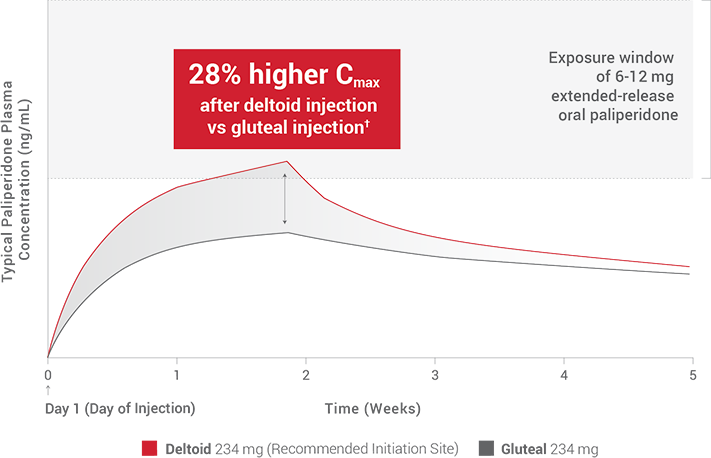Invega Sustenna Withdrawal Symptoms
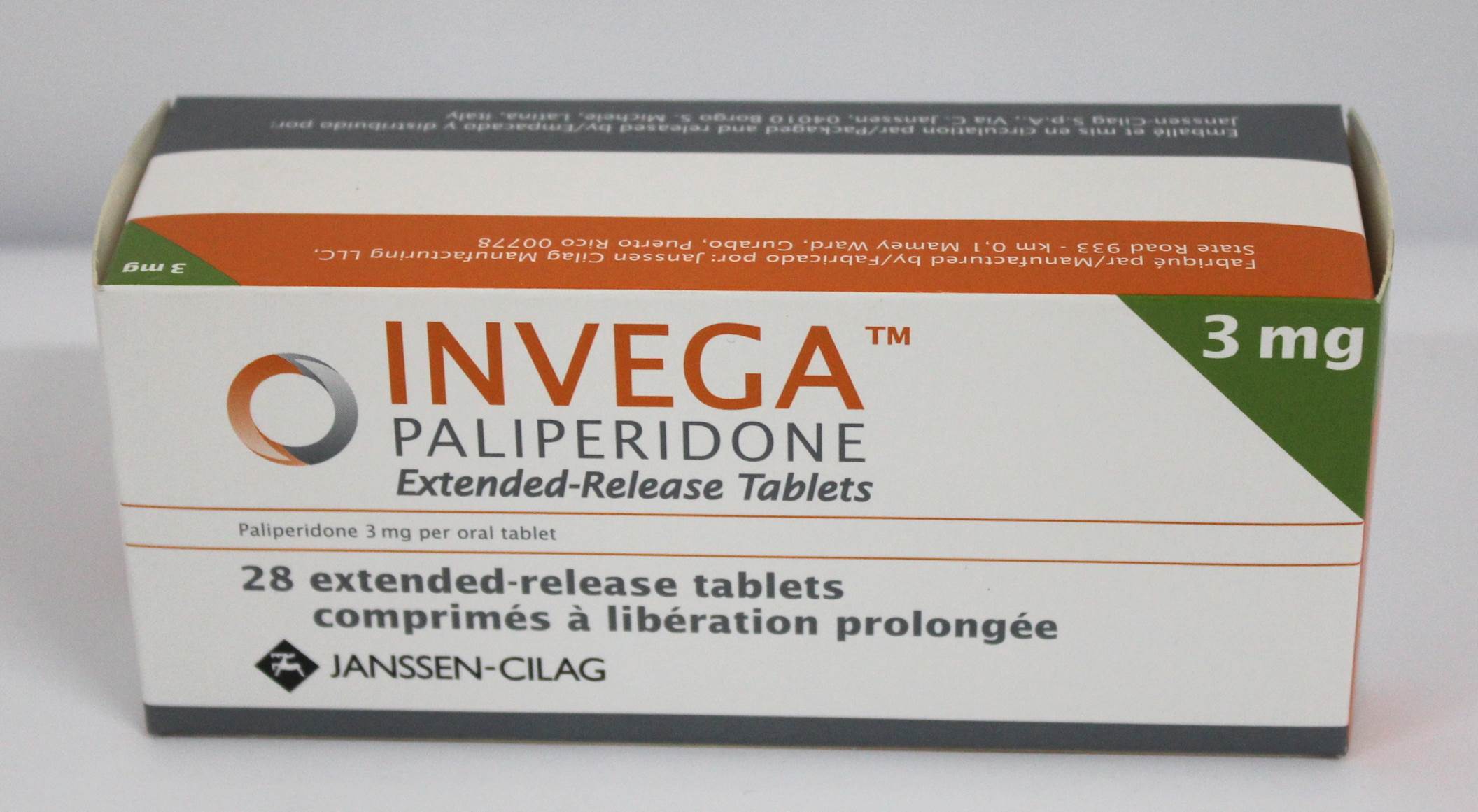
Imagine a quiet morning, sunlight streaming through the window. But inside, a storm is brewing. A sense of unease, a subtle tremor, a mental fog that wasn't there before. For some, this isn't just a bad day; it's the unsettling reality of coming off Invega Sustenna, a long-acting injectable antipsychotic.
Withdrawal from Invega Sustenna can present a complex and often challenging experience. Recognizing the potential symptoms and understanding how to navigate this process safely is crucial for a smoother transition and improved well-being.
Invega Sustenna, also known as paliperidone palmitate, is a medication used to treat conditions like schizophrenia and schizoaffective disorder. It works by affecting certain chemicals in the brain, helping to reduce symptoms like hallucinations and delusions.
Because it's an injectable medication released slowly over time, its effects linger longer than daily pills. This extended release can make the withdrawal process unique and potentially prolonged.
Understanding the Withdrawal Landscape
Coming off Invega Sustenna isn't like stopping an over-the-counter pain reliever. The brain needs time to readjust to functioning without the medication's influence.
Symptoms can vary widely from person to person. Some may experience only mild discomfort, while others face more significant challenges.
Common Withdrawal Symptoms
A range of symptoms can emerge during withdrawal. These can be both physical and psychological.
Physical symptoms can include nausea, vomiting, diarrhea, and dizziness. Headaches, sweating, and tremors are also frequently reported.
Psychological symptoms may involve anxiety, agitation, insomnia, and depression. Some individuals might experience a return of their original psychotic symptoms.
The Importance of a Gradual Taper
Experts overwhelmingly recommend a gradual tapering approach. Abruptly stopping Invega Sustenna can significantly increase the risk and severity of withdrawal symptoms.
A slow, carefully managed dose reduction allows the brain to adapt more gently. This process should always be guided by a qualified healthcare professional.
Your doctor can create a personalized tapering schedule. This schedule will be based on your individual needs and response to the medication.
Navigating the Withdrawal Journey
Withdrawing from Invega Sustenna requires a proactive and supportive approach. It is also essential to monitor the side effects.
Regular communication with your doctor is paramount. Report any new or worsening symptoms promptly.
Lifestyle adjustments can play a supportive role during this time. This can include maintaining a healthy diet, exercising regularly, and practicing stress-reduction techniques such as meditation or yoga.
Seeking Support and Building Resilience
The withdrawal process can be emotionally challenging. Leaning on a support system is invaluable.
Connecting with family, friends, or support groups can provide a sense of community. Knowing you're not alone can make a significant difference.
Therapy can offer a safe space to process emotions and develop coping strategies. A therapist can help you navigate the psychological aspects of withdrawal.
Looking Ahead with Hope
Withdrawal from Invega Sustenna, while potentially difficult, is a manageable process with the right support and guidance. Understanding the potential symptoms, adopting a gradual tapering strategy, and prioritizing self-care can pave the way for a smoother transition.
Remember, every individual's experience is unique. Be patient with yourself and trust the process.
The journey to wellness may have its challenges, but with informed choices and compassionate care, it’s a journey worth taking, offering the promise of a brighter, more balanced future.
